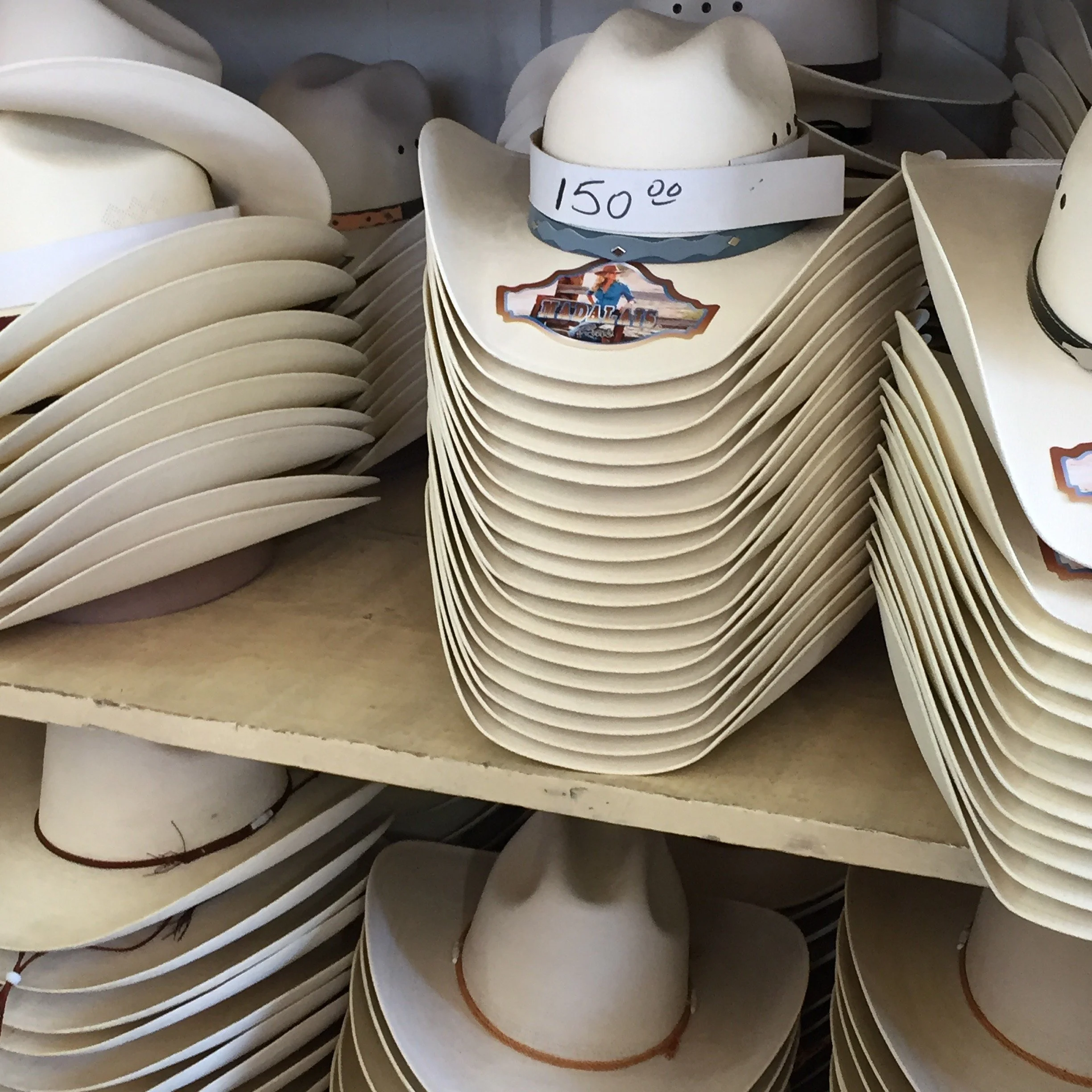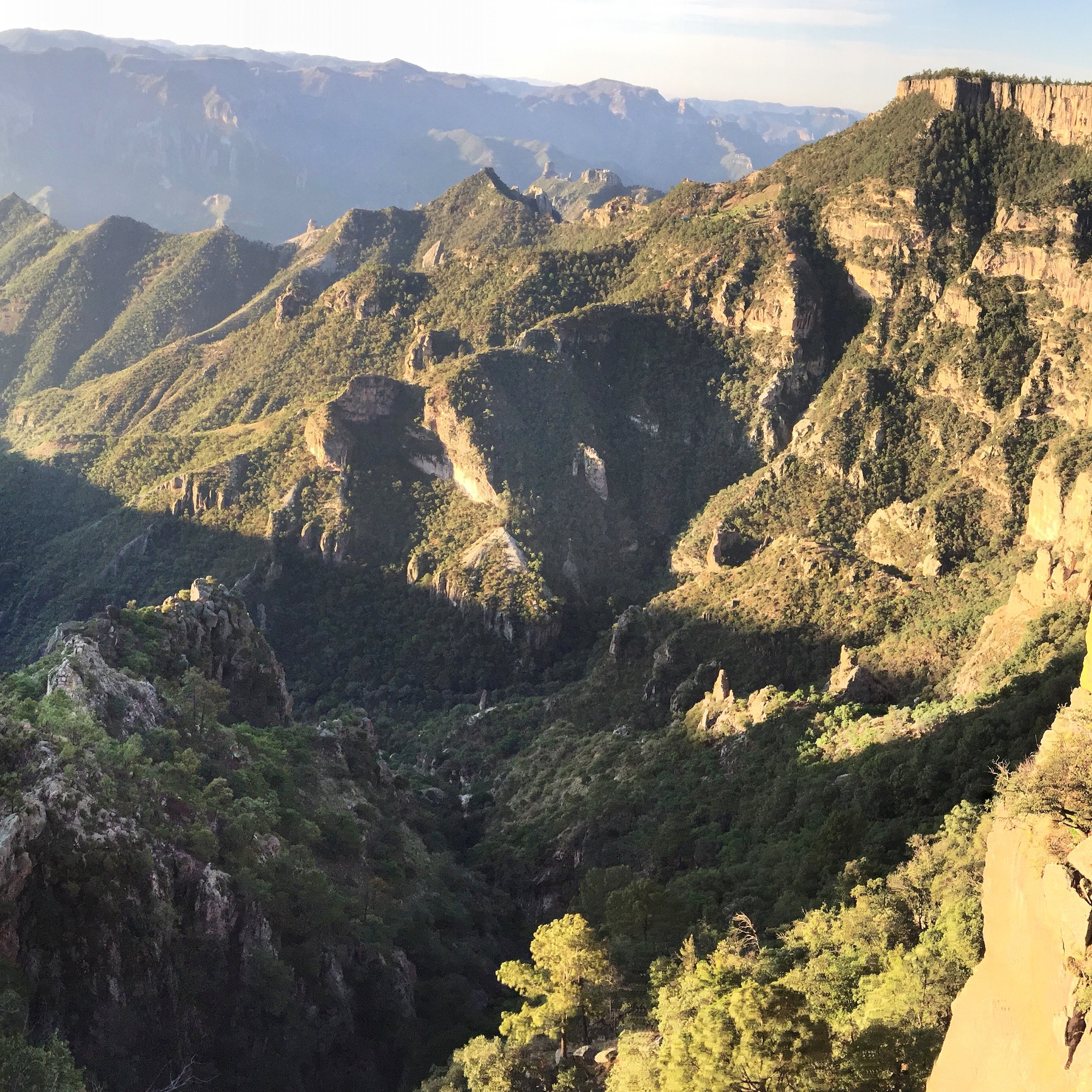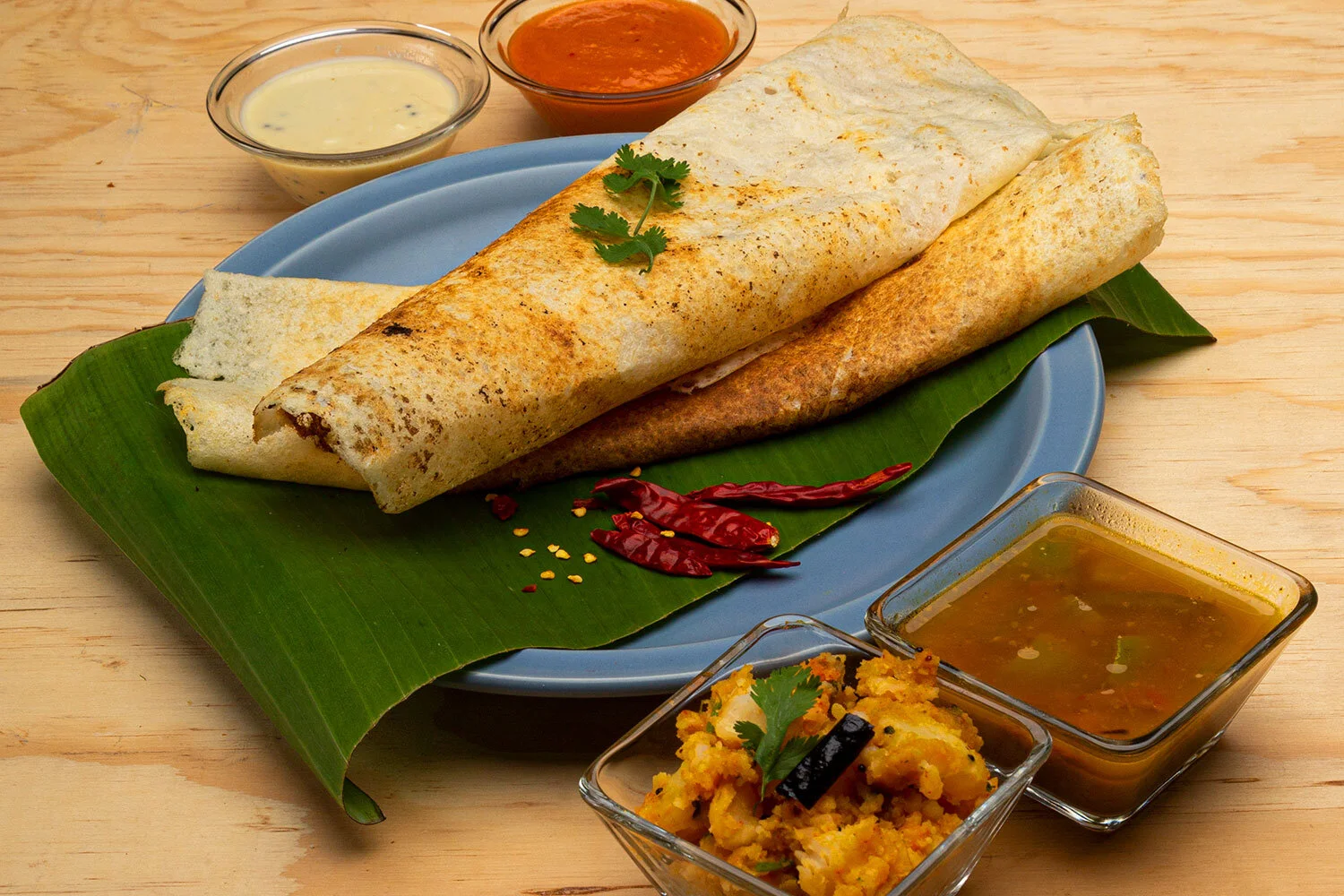Ah Chihuahua! – A Trip through Space and Time
Sentimental Journey – All Aboard
It’s 5 a.m. A balmy haze rests languidly as we arrive at Chihuahua city station. The dim dawn sepia glow gives the scene a nostalgic old Hollywood air – I expect to see Ingrid Bergman emerge from the shadows. The station house is a simple yellow brick affair of the sort built for a million train stops from Boise to Zanzibar. Its spanking clean waiting room is full of patient travelers, some clad in Western-style sombreros others wrapped in silky rebozos and sitting, perched atop their boxes and bundles. The train will depart at six sharp. We’re on our way to the Copper Canyon.
El Chepe, as the Chihuahua - Los Mochis train is named, is Mexico’s only long-haul passenger train. And finally, I am getting on board.
This is not my first train ride in Mexico. I took the overnight “first-class luxury” sleeper from Mexico City to Guadalajara sometime in the late ‘80’s. It was neither luxurious nor overnight, plodding with a high-pitched groan into Jalisco’s capital a good four hours late, sometime in the early afternoon. Trappings were threadbare, food dismal. The D.F. - San Miguel de Allende run was not much better, in spite of a 1989 New York Times article, seemingly written many years before, highly praising it. In the early ‘90’s, the British Rail system, having run through its 99-year lease on operating passenger trains in Mexico, withdrew. Cowing to oil interests, the disinterested government left the system to crumble; almost all of the trains ground to a halt. Freight cars continued to make their way north and south hauling goods and migrant workers. The notoriously funky Mexican bus system – see Buñuel’s 1951 classic Mexican Bus Ride – was upgraded and became the preferred travel mode.
But El Chepe kept on chugging. It makes its way 400 miles, 13 hours, through the Sierra Madre Occidental mountain range southwest from Chihuahua City, the capital of this surprisingly fertile border state, to the Sonoran town of Los Mochis, near the Pacific Ocean. Begun in the 19th century, the run was completed in 1961 – it is a marvel of engineering, comprising 39 bridges and 89 tunnels.
Recently refurbished wagons, appropriately painted in retro-toned down shades of blue green and yellow, evince an air of old-fashioned tradition. They are not generically utilitarian like the U.S.’ Amtrak nor slick like Japan’s efficient railroad. While first class cars carry mostly tourists, locals who can afford the fares, which are considerably more than buses ride in second class.
I’m traveling with a lively group of 20 journalists and photographers, organized by Culinaria Mexicana, the Spanish language magazine dedicated to promoting Mexican gastronomy, and Chihuahua’s tourism board, fittingly named “Ah Chihuahua”. Most of us are based in Mexico City and all concentrate our work on food and travel. The state tourism board wanted to show us urbanites, the majority of whom have never set foot in the state and rarely leave the city, that culture exists outside the Big City’s borders. A brief tour of the baleful Ciudad Juarez has convinced no one. Chihuahua City itself, while home to a few stately old buildings, a decent history museum and some very good restaurants, is, in the end, a yawn, good for a day’s visit. A stop at a beautifully landscaped winery, set in a restored hacienda, Vinícola Encinillas, animates spirits – Chihuahua is trying to give the Pacific coast a run for its money and is producing some very good, if unpolished, wines.
As we pull out of the station the sky begins to glow a metallic blue-grey. Out the window, we watch the city disappear; the familiar low-key urban blight endemic to small Mexican metropolises slowly gives way to green pastures, which steadily increase in verdant saturation as the sun rises. What we see astonishes us.
Whitewashed, pitched-roofed farmhouses are set into rolling hills. An occasional adobe ruin, in the process of washing back into the earth, is the only sign of decay. Mottled black and white cattle, fluffy
sheep, fields of corn and wheat dotted with large granite boulders sail by unblemished. I am reminded of similar trips through northern Spain. It is an arcadian landscape that surprises even hardcore veterans of Mexican travel. The spectacularly lush landscapes of Mexico State, Oaxaca, Veracruz or Chiapas are eventually blemished by unrestrained ugly buildings, trash tossed carelessly into the gullies, fields slashed and burned. Not here. This increasingly eye-catching landscape is flawless.
Breakfast of Champions
At 8 a.m. we enter the dining car, a first time experience for many of us, for a breakfast of papaya, fresh orange juice and scrambled eggs with machaca, the local dried beef. Chihuahua’s cuisine is simple – tortillas are wheat, not corn, and the best ones are formed by loving hands and griddle-baked. Burritos are simple affairs – a tortilla filled with a beef or chicken stew flavored with local lime-green chilaca chilies, rolled and served in a paper holder. No guacamole, rice or beans muck up the works.
As I sit eating, the countryside rolling by, I recall ‘Miss Froy’ in Hitchcock’s The Lady Vanishes scrawling her name in the fog on the dining car window. The train chugs valiantly on, curving right and left. We lean out the doors, snapping selfies, videos, marveling at the beauty. Light is sharp, air crisp. Time seemed to stand still - but suddenly we have arrived at our destination, about half way on the line. Divisadero is a pit stop – there’s not much to it. Brightly clad Tarahumara indigenous women await proffering baskets and hand carved trinkets.
The Copper Canyon – High Flying
Divisadero, or the previous stop, Creel, is where tourists disembark to visit the Barrancas del Cobre, AKA the Copper Canyon. Really a series of canyons, they are so-named because of the bluish pines alternating with brick red earth, lending them an oxidized copper look. They are officially a state park – admission is charged, a ‘visitor’s center’, complete with gift shop, awaits. But it’s all low-key. The view from the wooden landing is stunning. The undulating hills sink into a seemingly endless infinitum. Puffy cumulus clouds roll by at eye level, eagles soar and dissapear. And so do we. The park offers a zip line ride (as well as a more reassuring gondola). Members of our group have been programmed to plunge into the abyss. I swear I will not. I eat bugs, eyeballs, horse; I travel to unloved places like Dhaka, brave down and dirty drinking establishments. But I don’t do well with life-threatening plunges. So I proclaim with conviction, to whoever will listen, that “I’m not doing it!” Beto Lanz, renowned photographer who is documenting the proceedings, replies, with equal certitude, “You know you will, we ALL will.” Of course, he’s right. As I am being harnessed in, brow knotted and sweaty, the edge of the earth mere inches from where I hang, a line of lyrics comes to me – I turn and begin to sing “Oh well, it was swell while it lasted…” but before I’m through the gates slide open and with a whoosh I join the eagles, sailing at 100 MPH through the heavens. I’m aware of the Mars-like landscape far below. My tense body unstiffens and I enter this exhilarating 3-minute, mile long journey with an ease I wouldn’t have thought possible. I am at once aware of being on top of the world and at the same time an insignificant part of it. When I close my eyes, I can still feel that ethereal high – literal and figurative. The journey never ends.
The Copper Canyon
When to go:
Anytime of year is fine; summer is high season and cities broil, but the canyon, at a higher altitude remains comfortable. Winter is chilly but never too much os.
Where to stay:
Hotel Divisadero Barrancas is a rustic yet smartly appointed lodge perched on the edge of the canyon. Book well in advance for a room with a spine-tingling view right out the door. Breakfast includes well prepared regional specialties.
www.hoteldivisadero.com
Where to eat:
La Cocinería, is Chihuahua City’s most sophisticated fine dining option. Affable chef Oscar Cortazar presents his version of Modern Mexican cuisine, utilizing local, seasonal produce and meat and seafood flown in from the Pacific coast.
Parque de Negocios, Av. Rio de Janeiro 3110, Int. 8, Haciendas Santa Fe
Tel. (614) 430 3105
Restaurante Enrizos, located in Chihuahua’s modest historic center, is the best place to sample regional cooking. Burritos are done with hand made tortillas. Breakfast is a local tradition.
Escorza and 15a.
Tel. (614) 181-9179
www.enrizosrestaurante.com
La Estufa, in Creel, near the canyon, is worth a detour. The homey simplicity of its dining room is deceptive. Young chef Julián Valenzuela refashions regional specialties utilizing the best seasonal and artisanal products.
Avenida López Mateos No.49, Creel
Tel. 635 4560151
Where to drink
Cantina La Antigua Paz is a friendly bar in Chihuahua City where locals have been having a good time for over 80 years. There is live Norteña music weekend nights
Calle Francisco Xavier Mina s/n, Centro Tel. 614 410 1466
Open Monday – Saturday noon to midnight












